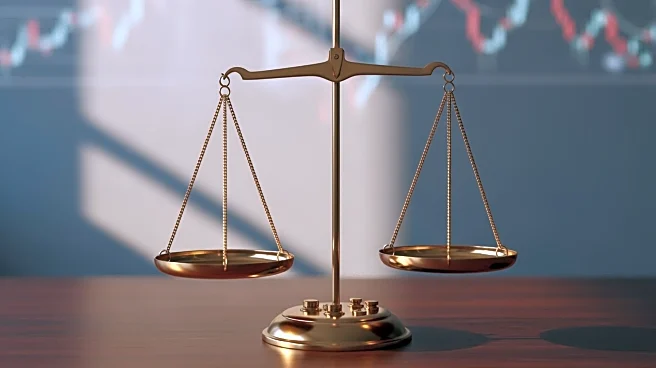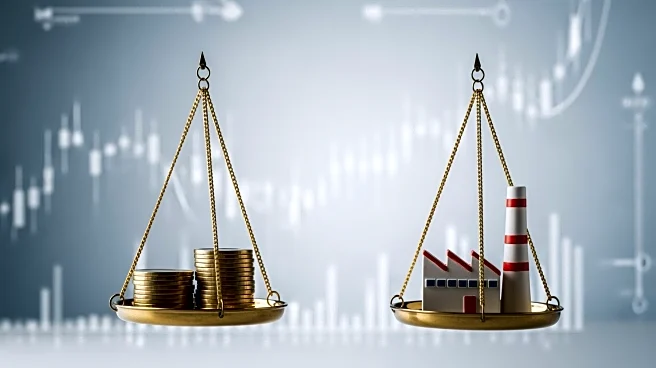What's Happening?
The Bureau of Labor Statistics has released its monthly consumer inflation report, indicating a 3% increase in the price of goods and services for the 12-month period ending in September. This marks the highest
inflation rate in the U.S. since January 2025, up from 2.9% in August and 2.7% in July. The impact of President Trump's tariff policies on inflation remains unclear, though the Budget Lab at Yale University suggests these tariffs could raise prices by 1.3% in the short term, costing middle-class households over $1,800 annually. The consumer price index, which weighs the costs of goods based on importance, shows significant increases in items like food, shelter, and energy.
Why It's Important?
The rising inflation rate is significant as it affects the purchasing power of consumers and the overall economic stability. The tariffs imposed by President Trump are contributing to increased costs, which could lead to higher prices for consumers and impact household budgets. This situation poses challenges for the Federal Reserve, which aims to keep annual inflation at around 2%. The increased inflation rate could lead to changes in monetary policy, affecting interest rates and economic growth. Middle-class households are particularly vulnerable, facing higher living costs without corresponding wage increases.
What's Next?
The Federal Reserve may need to reassess its monetary policy to address the rising inflation rate. Potential adjustments could include interest rate hikes to curb inflation, which would affect borrowing costs for consumers and businesses. Additionally, ongoing tariff negotiations and changes could further impact inflation rates and economic conditions. Stakeholders, including policymakers and economists, will closely monitor these developments to mitigate adverse effects on the economy.












